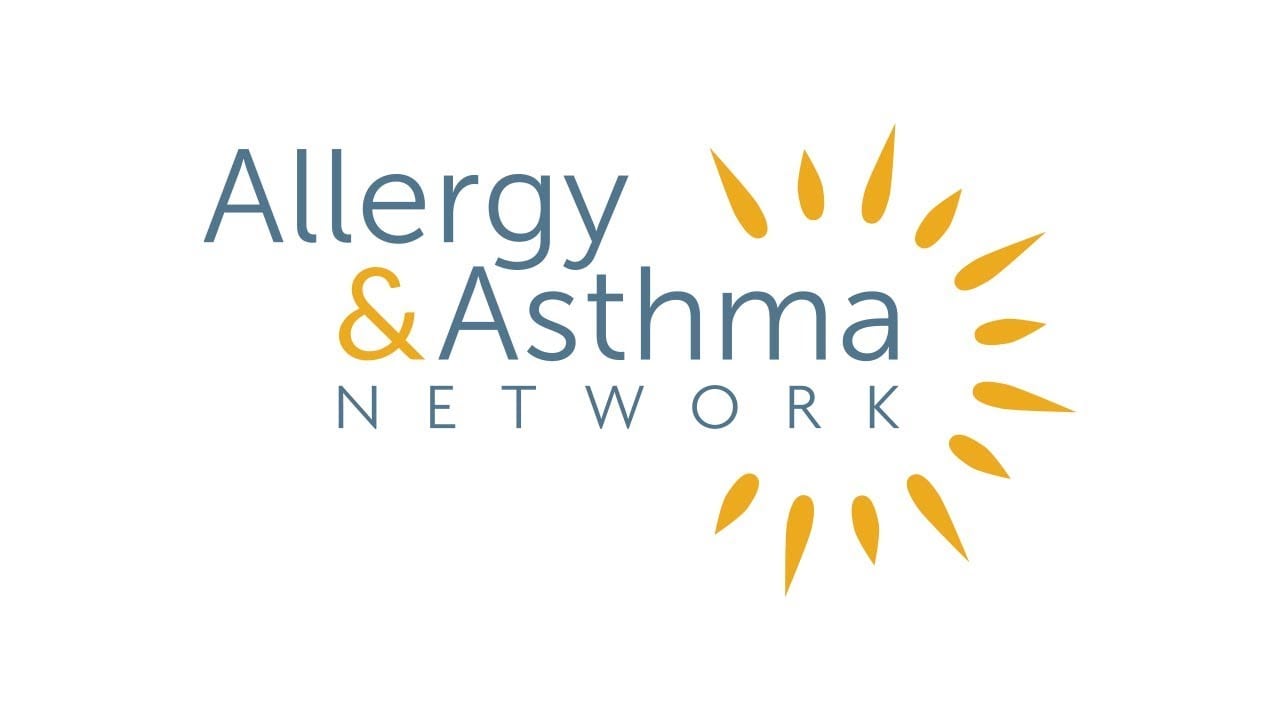At a glance
Learn how AAN works to help CDC reach the Controlling Childhood Asthma Reducing Emergencies (CCARE) goal of preventing 500,000 hospitalizations and emergency department visits among children with asthma by August 30, 2024.

Strategic relations
The Allergy and Asthma Network leads a national coalition of partners, including state asthma programs, asthma coalitions, other NGOs, CDC, and key stakeholders, to build relationships and promote a collaborative approach to expand and leverage the EXHALE strategies, with a strong focus on social determinants of health.
Strategy 1
Host the USAsthma Summit. This is an annual meeting of representatives from all states, cities, and territories with the goal of advancing the use of EPR-4 guidelines-based care for asthma in the United States. The agenda includes strategies to attain the CCARE objective by expanding EXHALE strategy implementation across the country.
Strategy 2
Host monthly communications with CDC; CDC-funded state, city, and territorial asthma programs; other partners; and other NGOs to share EXHALE resources and to look for opportunities for collaboration. Use the communications to also develop a strategy map for identifying geographic areas of success linked to CCARE and EXHALE strategies and interventions.
Strategy 3
Develop the National Asthma Resource Hub for EXHALE strategies.
Support and apply EXHALE strategies
Develop and distribute training, coaching, and technical assistance to promote use of EXHALE strategies for healthcare providers, community health workers, and school nurses.
Strategy 1
Present four national webinars per year to promote and amplify EXHALE strategies.
Strategy 2
Develop infographics, posters, and other educational material to highlight EXHALE strategies in English and Spanish, for free download and print distribution.
Strategy 3
Conduct discussion groups to develop a school asthma management program. The program will be a tailored web-based resource package for school nurses and school personnel to support use and expansion of the EXHALE strategies to help advance the CCARE objective.
Strategy 4
Promote the Community Health Workers webinar training for home interventions.
Communication and education
Develop and distribute CCARE and EXHALE communication and education messages, in English and Spanish, for people with asthma, public health practitioners, healthcare providers, school nurses, and decision makers, in print and digital formats focusing on communities that are disproportionally affected by asthma.
Strategy 1
Use AAN’s current communication platforms to distribute existing and newly developed messages about CCARE and EXHALE strategies tailored to different groups. These platforms include a website, e-newsletters, blast emails, public relations firms, social and traditional media.
Strategy 2
Devote a day during Asthma Awareness Month (May) in Washington, DC, to educate decision makers about policies to apply CCARE and EXHALE strategies to advance asthma care in the United States.
AAN will include the CCARE initiative and the EXHALE strategies across its national programs to ensure sustainability of the project. Current programs include the following:
- The Not One More Life program, which addresses asthma disparities in the African-American and Hispanic/Latino community
- The Steroid Stewardship Program, which raises awareness of potentially adverse effects of using oral corticosteroids and the cumulative effects of steroid use
- Enhanced Asthma Impairment and Risk Questionnaire (AIRQ) tool use — promote use of AIRQ in clinical practice to ensure more timely and appropriate referrals
- The Asthma Coach Telehealth program, which offers National Institutes of Health guidelines-based clinical messages and develops asthma self-management skills via virtual visits with certified asthma educators Patient Learning Pathways (web-based educational tools)
